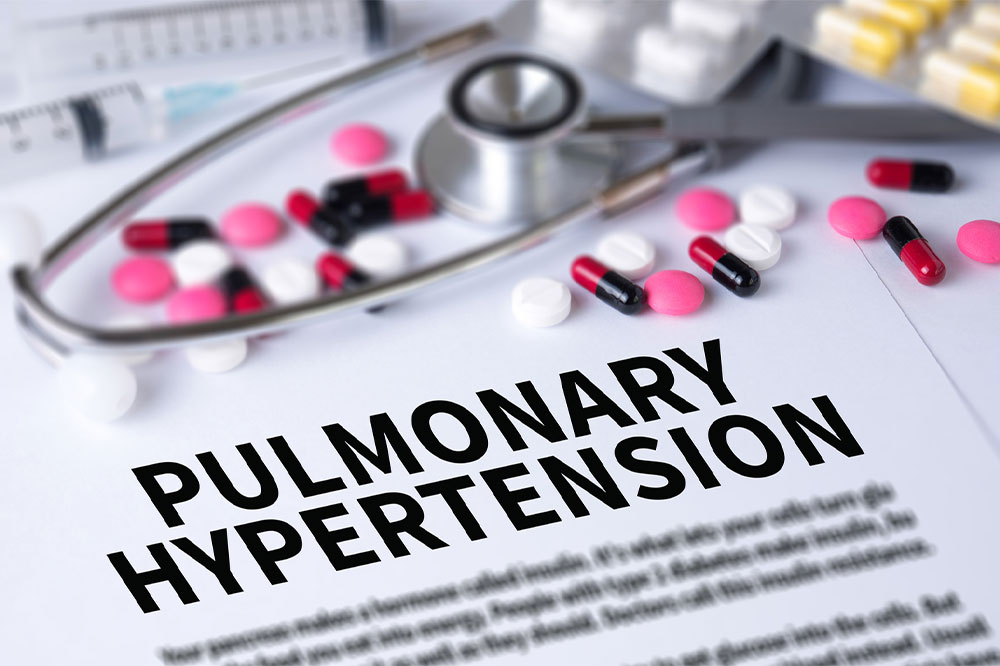
Signs and Symptoms of Pulmonary Arterial Hypertension
Pulmonary arterial hypertension (PAH) is a type of high blood pressure that affects the arteries of the lungs and the right side of the heart. The disease advances at a gradual pace, which can result in it getting misdiagnosed for a general illness. Therefore, knowing the symptoms can warrant getting medical attention at the earliest. Read on to know more.
Early symptoms of PAH
Early symptoms are a precursor to disease. They act as warning signs that can eventually lead to the disease. These are symptoms that can go unnoticed for years. A few early symptoms of PAH include the following.
1. Shortness of breath
Though shortness of breath is often caused due an unhealthy lifestyle, it is also one of the first symptoms of PAH. Generally, the arteries and blood vessels carry oxygenated blood to and from the lungs. However, people with PAH experience an abnormal increase in shortness of breath. It may occur, especially when they walk, climb stairs, clean their homes, or perform any laborious tasks that can cause heavy breathing.
2. Fatigue
Shortage of blood supply to the lungs causes a shortage of oxygen supply to the brain. This can result in tiredness, hampering a person’s daily routine. Furthermore, fatigue can also hamper one’s thought process, slowing down decision-making.
3. Irregular heartbeat
An increase in pressure on the heart can result in chest pain, causing the heart to work harder than usual to pump blood. This, in turn, weakens the heart muscles, resulting in an improper heartbeat, which may lead to heart palpitations, an irregular heartbeat, and a racing pulse.
Severe symptoms of PAH
When early symptoms of PAH go unchecked, it can lead to severe health complications. Such amplified symptoms can affect the patient’s daily routine and lifestyle, hindering their physical activities. Read on to know the severe symptoms of PAH.
1. Swelling of the limbs
Also known as edema, this swelling occurs when the kidneys cannot fully flush out waste fluid from the body. These fluids get trapped in the body’s tissue. And though it may affect any region of the body, a person with PAH experiences swelling of their ankles, legs, and abdomen.
2. Bluish lips and skin
Also known as cyanosis, this occurs when the amount of oxygen in the red blood cells decreases. Due to PAH, the body does not get the required O2 levels, causing low levels of oxygen in the blood. Such low oxygen levels can cause the lips and skin to turn bluish over time.
3. Dizziness and fainting
When there is a sudden drop in blood pressure and blood flow to the brain, a person may either feel dizzy, or worse, faint. It is a severe symptom noticed in people with PAH. The condition can further aggravate if one also suffers from an abnormal heartbeat, which is another symptom of PAH.


